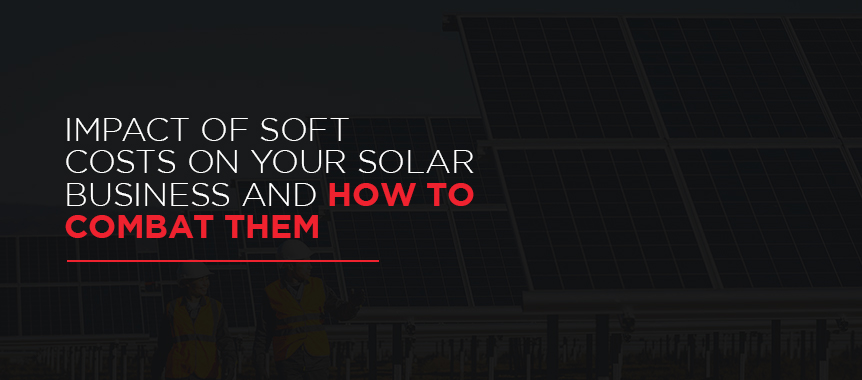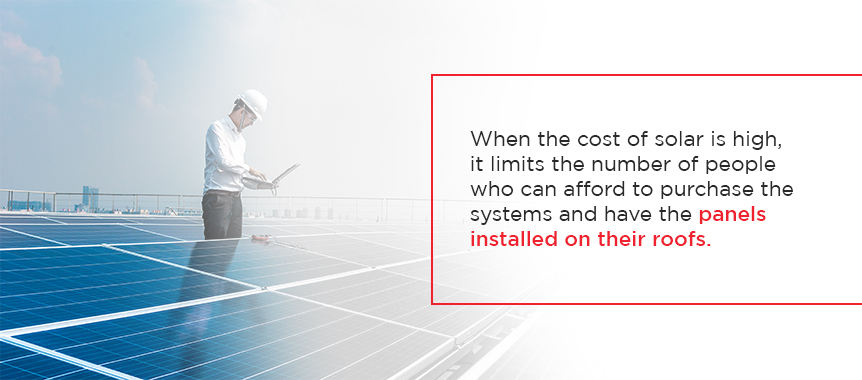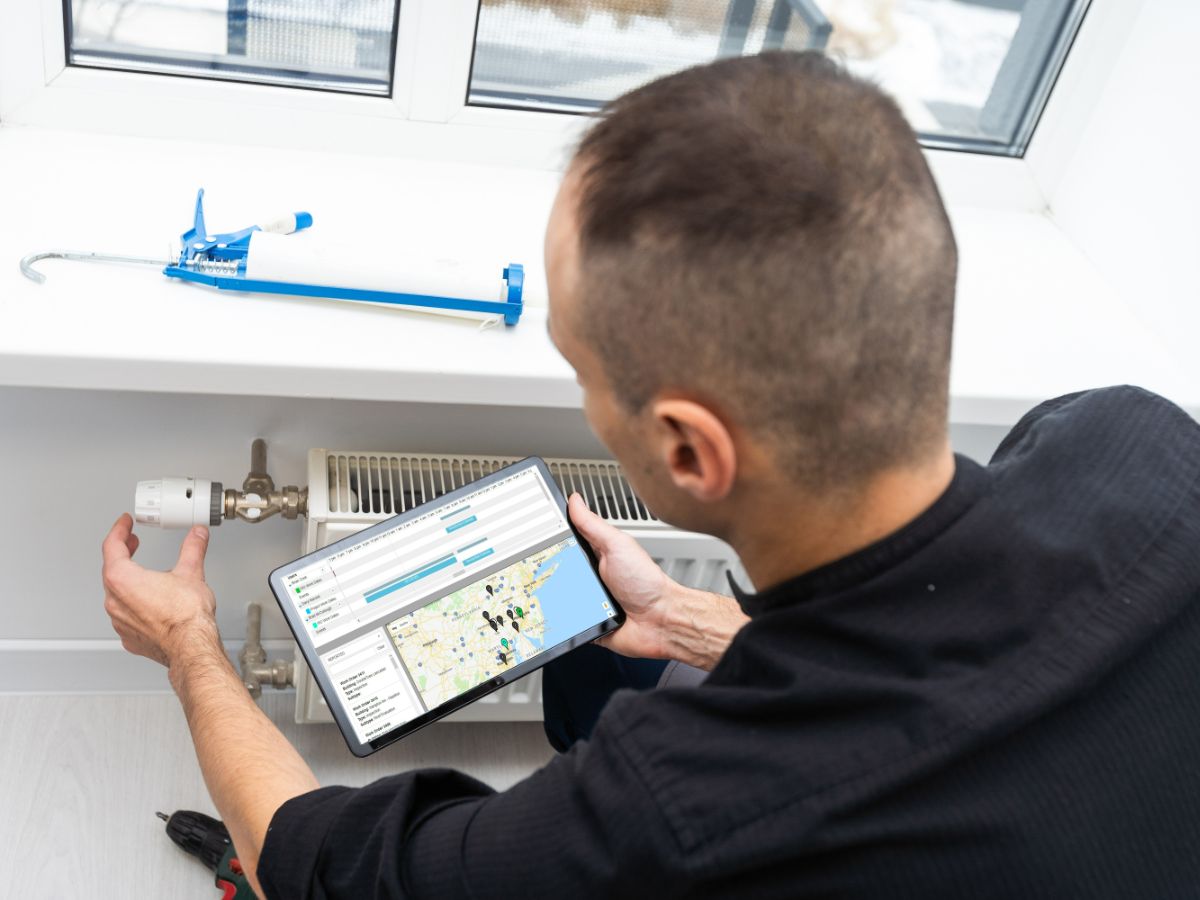
For consumers, there are many benefits of going solar. This renewable energy lowers people’s electric bills, increases property value and reduces the strain on the electric grid. Many programs have made going solar more affordable for homeowners in recent years, but there’s a catch — while hardware costs have dropped, soft costs have remained steady or even increased. This situation directly impacts consumers, business owners and installers.
Learn more about the effects soft costs can have and how to keep them down so your solar business can maintain a loyal customer base.
What Are Soft Costs?
Companies that install solar systems encounter two cost categories — hardware costs and soft costs. Regarding hardware costs, they include all of the materials the company uses to install the system, such as the inverter, wiring and module. Alternatively, soft costs refer to everything else. Though hardware costs have fallen over time, soft costs have actually crept up.
There are a few reasons why soft costs have inched upward while hardware costs have fallen. An increase in solar equipment production has pushed the cost of wiring, modules and other materials down. Since 2010, the cost of solar hardware has fallen by 160%. The drop in hardware costs has caused the total price of installing a solar system to decrease by 65% — but soft costs have risen just as much. At the end of 2018, the average price of a solar system was $18,000.
Getting soft costs under control can help increase the number of systems installed and save the planet.

What Are Examples of Solar Energy Soft Costs?
In general, soft costs refer to any expense unrelated to hardware and equipment. Some soft cost examples include:
- Customer acquisition: These costs are associated with finding and bringing on new customers. They can include the cost of advertising, hiring a marketing or social media manager, following up with customers after a job and onboarding new clients.
- Inspections and permits: Before a homeowner can install solar panels, they need to have an inspection to make sure their property can handle a solar system. Many municipalities also require a permit and will charge a permitting fee. The process of setting up an inspection and getting a permit also contributes to costs.
- Labor: The wages earned by installers are also examples of soft costs. Some solar companies might have difficulty finding qualified individuals to install the systems, which can add to labor costs, too.
- Taxes: Any sales tax on the hardware is separate from the cost of the hardware itself.
- Supply chain: A range of costs falls under the umbrella of supply chain costs. For example, there’s the cost of transporting the materials from the manufacturing plant to the worksite. Depending on the location of the plant and fuel costs, transportation costs can be high. Delays are also possible, which increases costs. There are also expenses such as storage, production and procurement to consider.
- Overhead: Overhead is a part of a broad category of soft costs. These costs can include all the administrative costs, such as purchasing office supplies, renting an office space and hiring an administrative team.
By factoring in the various potential soft costs, companies that work with solar can make better financial decisions, like adequately adjusting installation fees.

How Do Soft Costs Affect a Solar Business?
Solar soft costs have an impact on your company’s bottom line and profit margins. When customer acquisition, labor or supply chain costs are elevated, your business ends up making less on each installation project. Soft costs also lead to project delays and frustrated customers. For example, if there are many permitting fees associated with inspections, or if the permitting process takes a long time, customers are likely to become frustrated. They can end up canceling the project or working with a different company.
These costs also affect the number of installations a company performs. When the cost of solar is high, it limits the number of people who can afford to purchase the systems and have the panels installed on their roofs. While solar panels will eventually help homeowners lower their electric costs, the upfront cost is often prohibitively high. Thanks to high costs, homeowners need to remain in their homes for many years, if not decades, before they start to see a return on their investment.
Ultimately, reducing soft costs can make solar more attractive to more people — and if you want to attract and retain more customers as a business that provides solar services, it’s crucial to put a plan in place.
How Can Solar Businesses Keep Soft Costs Down?
Several approaches can help to reduce soft costs, whether business owners want to start small to experiment or take on larger variables.
Some approaches are at the regulatory level, such as streamlining the permitting process and eliminating red tape that creates delays. Introducing new training programs and increasing the workforce’s size can also help bring down soft costs. By addressing several small pieces of the puzzle, companies have a chance to improve numerous processes that contribute to soft costs.
On the back end, businesses can work through numerous steps to reduce their soft costs. Software programs can improve the customer acquisition process, meaning companies spend less time chasing unviable leads. Software that analyzes that specific data helps you track down the leads with the most significant conversion potential. It can also simplify the bidding process, helping reduce costs by keeping your bids in one location and allowing you to track the status of each bid. Streamlining the bidding process means it takes less time to get projects started, as well.

Dataforma Can Help You Combat Soft Costs Using Solar Software
Both efficiency and customer satisfaction are key components of keeping soft costs down. Dataforma Solar Business Software offers features that help. You can use the software to manage leads, set up schedules and assign projects. The software also lets you keep tabs on past customers to maintain your relationships, create loyal customers and keep acquisition costs down. To see how the software works for yourself, schedule a free demo today.







